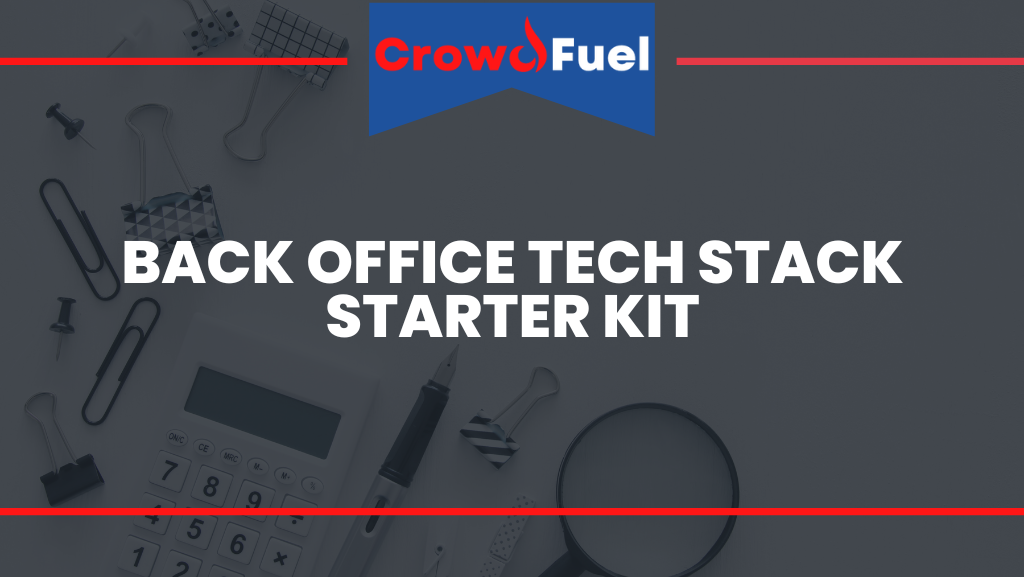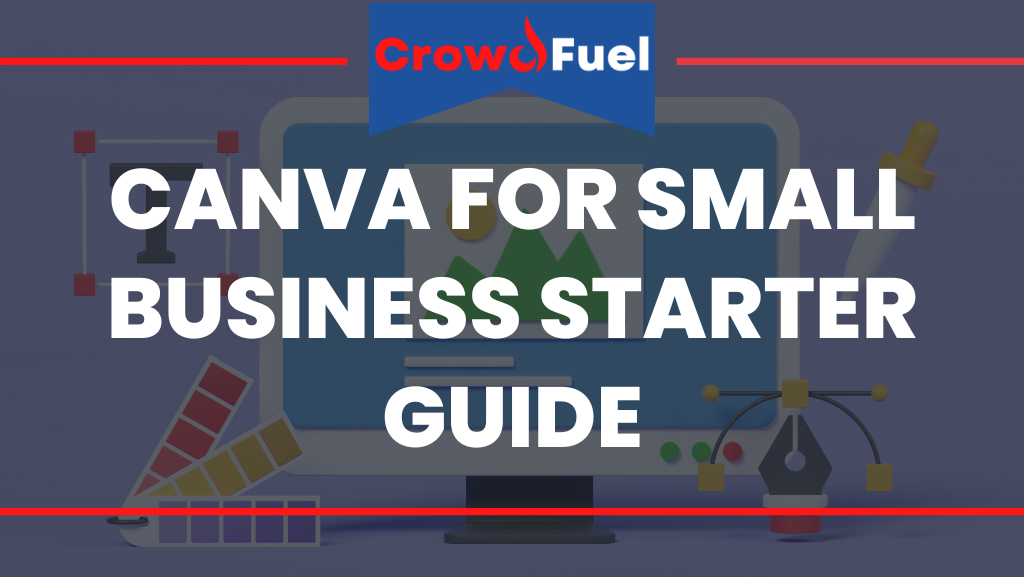Back Office Tech Stack Starter Kit
Congrats, you just started a business! Now you need to set up your back office so where do you start?
What is the back office?
The business back office is an essential element of any business. It is the hub of operations, where all the behind-the-scenes paperwork and activities take place. The back office handles all the administrative and operational tasks that keep the business running smoothly. This includes data entry, accounting, payroll, human resources, customer service, and a variety of other tasks. The back office is essential for running a successful business, as it allows the company to stay organized and keep track of financial records and other important documents.
The back office also helps to maintain customer relations, as it keeps track of customer information, orders, and inquiries. A good back office system should be integrated with the front office to ensure that customer service is efficient and effective. By having a reliable back office system in place, a business can save time and money, as well as maintain customer satisfaction. Back office operations should be continually monitored and updated to ensure accuracy and efficiency. The back office plays an integral role in the success of any business.
Back Office Tech Stack Starter Kit
For the back office, a starter tech stack for a new company might include the following components:
1. Customer Relationship Management (CRM) System
A customer relationship management (CRM) system such as Salesforce, Zoho CRM, or HubSpot, to manage and track the interactions with customers and prospects.
2. Finance and Accounting Software
A finance and accounting software such as QuickBooks, Xero, or FreshBooks, to manage the financial transactions and reporting for the business.
3. Human Resources (HR) Management System
A human resources (HR) management system such as Gusto, BambooHR, Workday, or Zenefits, to manage the hiring, onboarding, and personnel records for the company.
4. Document Management System
A document management system such as Dropbox, Box, or Google Drive, to store, share, and collaborate on business documents and files.
5. Communication and Collaboration Platform
A communication and collaboration platform such as Slack, Microsoft Teams, or Zoom, to facilitate communication and collaboration among team members.
6. Project Management Tool
A project management tool such as ClickUp, Asana, or JIRA, to organize and track the progress of back office tasks and projects.
Overall, this tech stack provides the necessary tools and systems for a new company to efficiently manage and operate their back office, and support the growth and success of the business.



